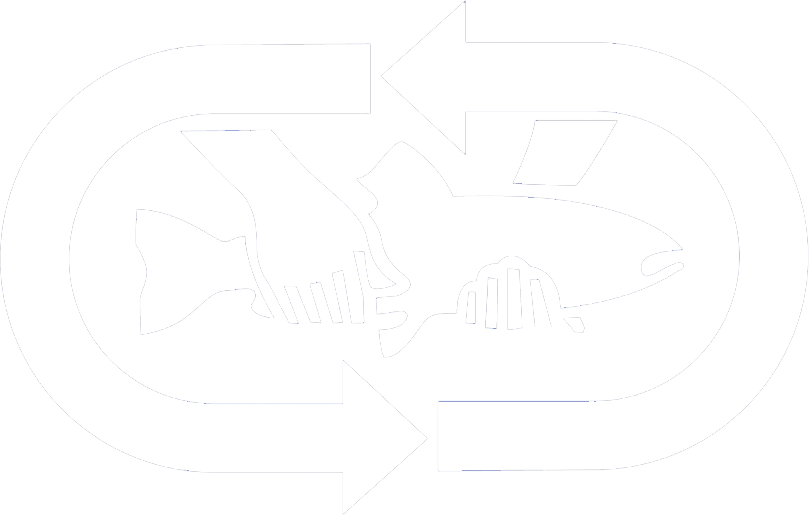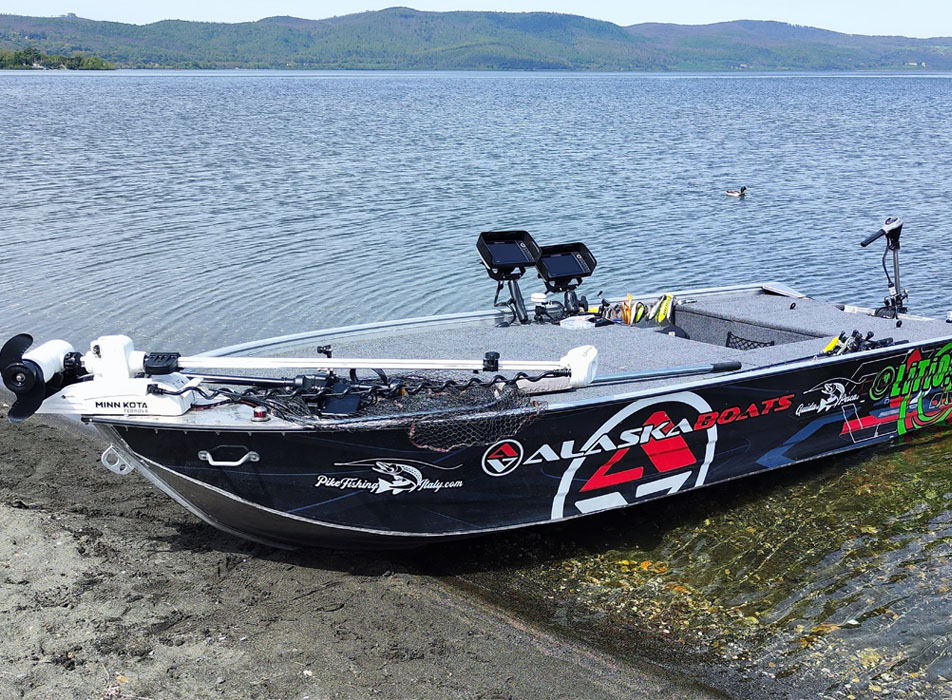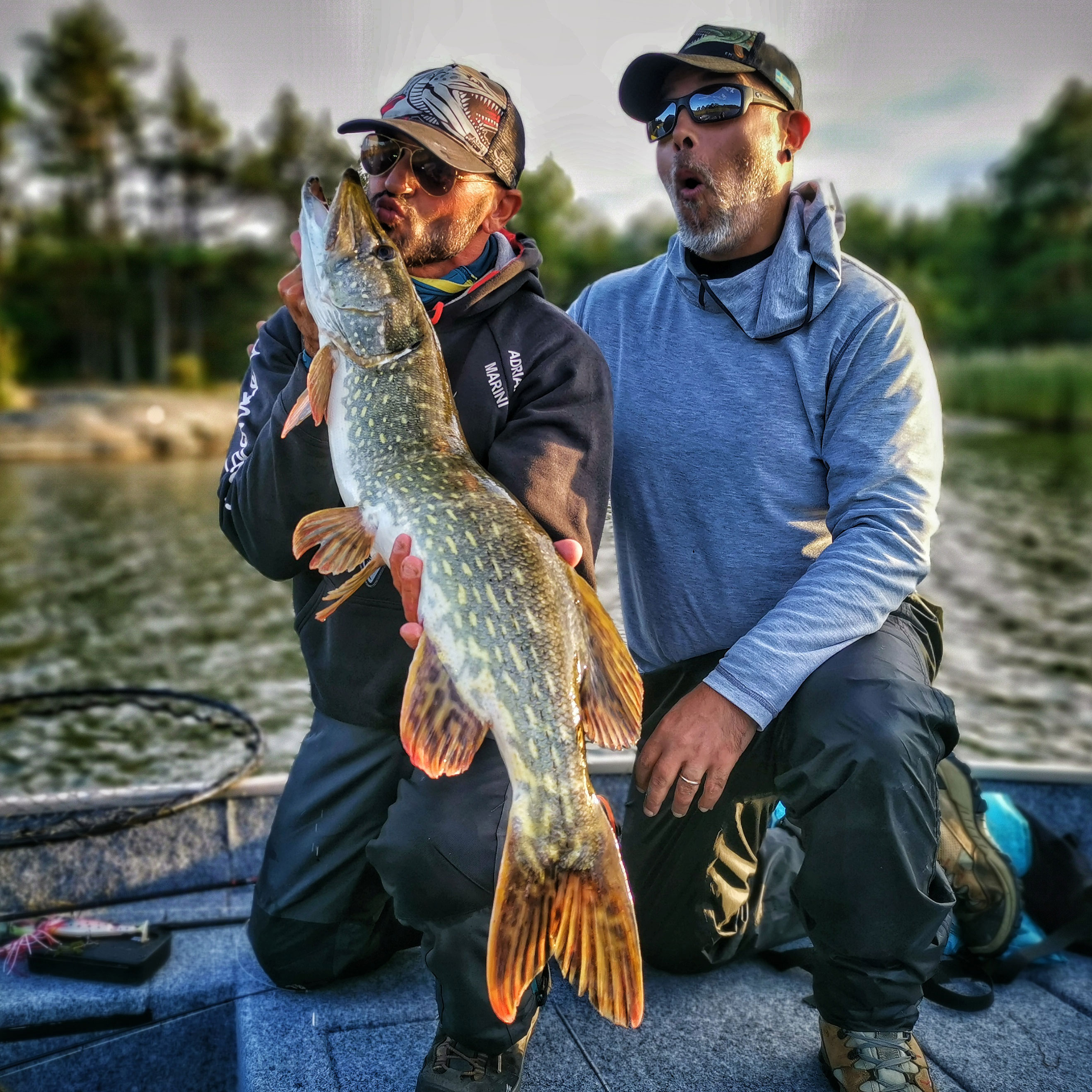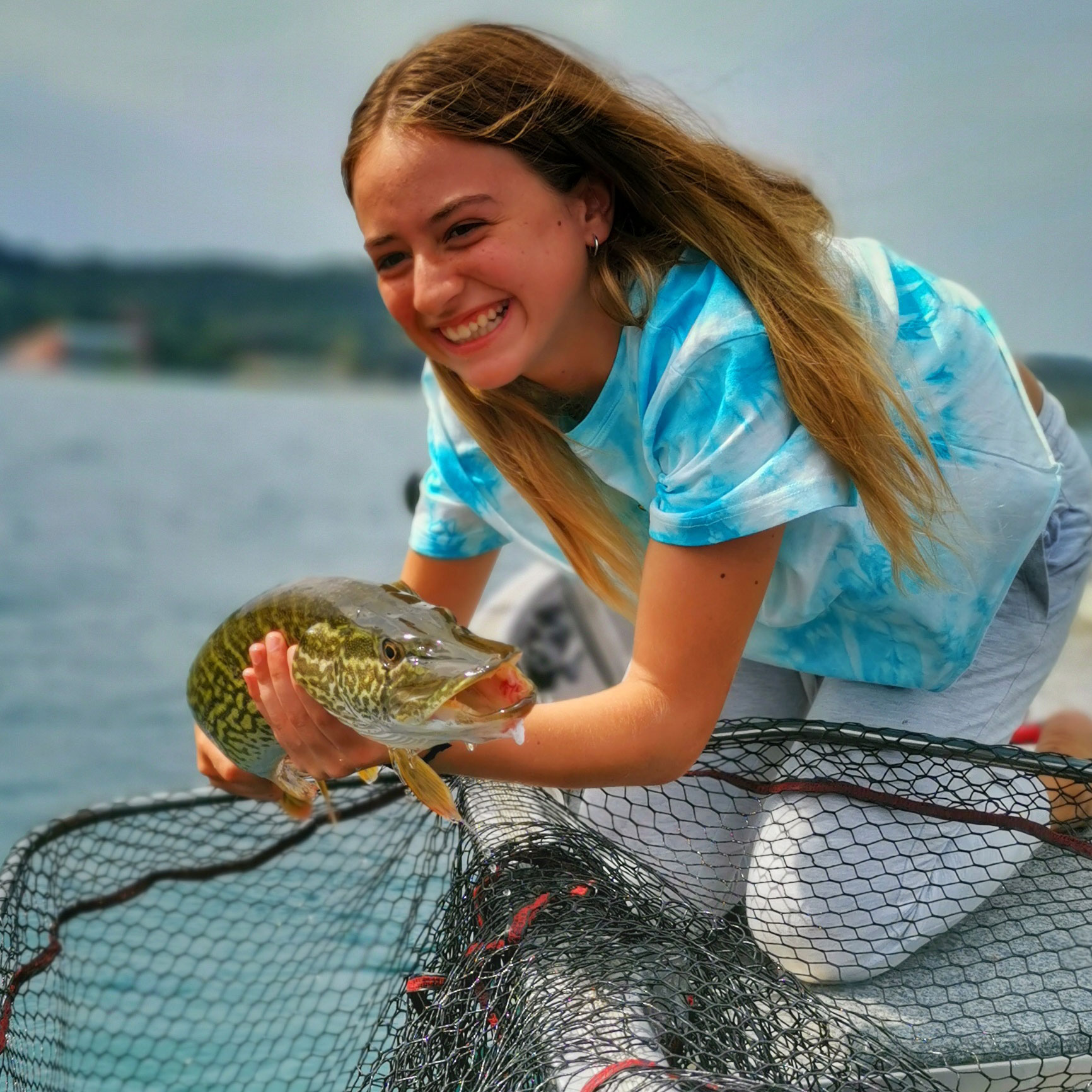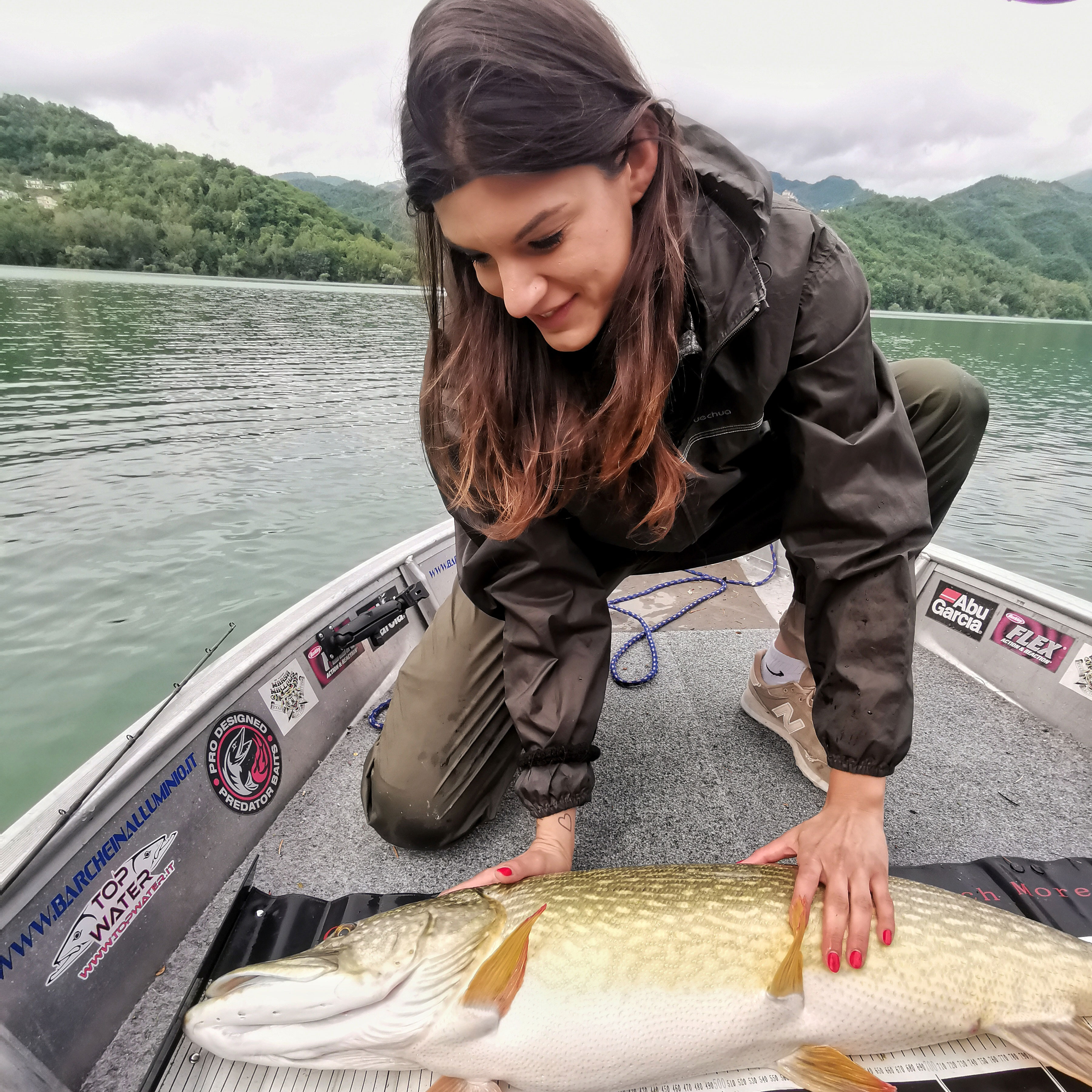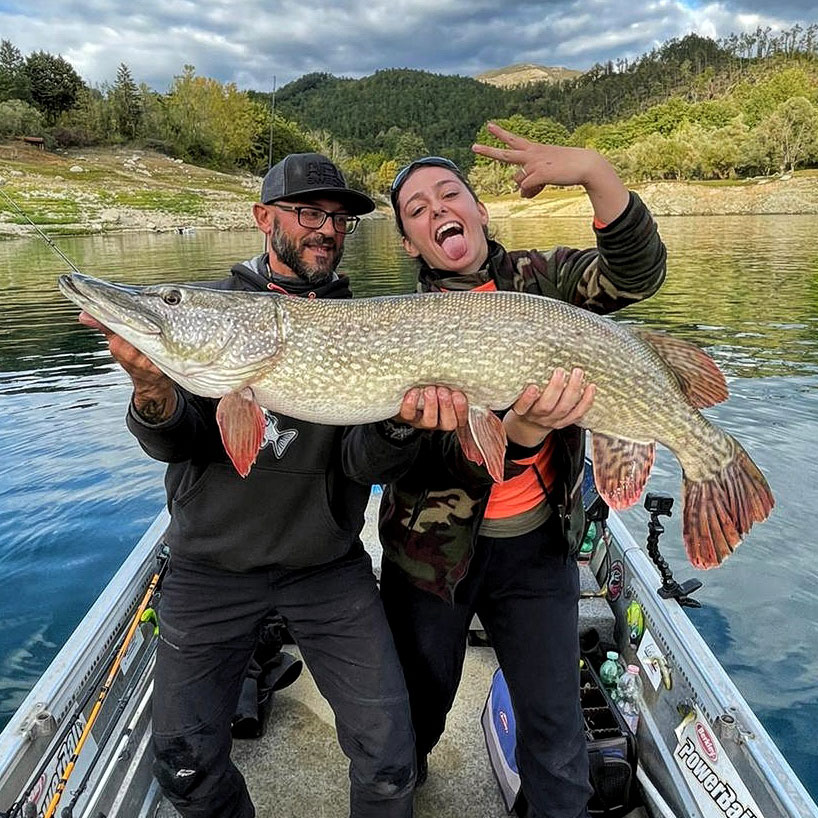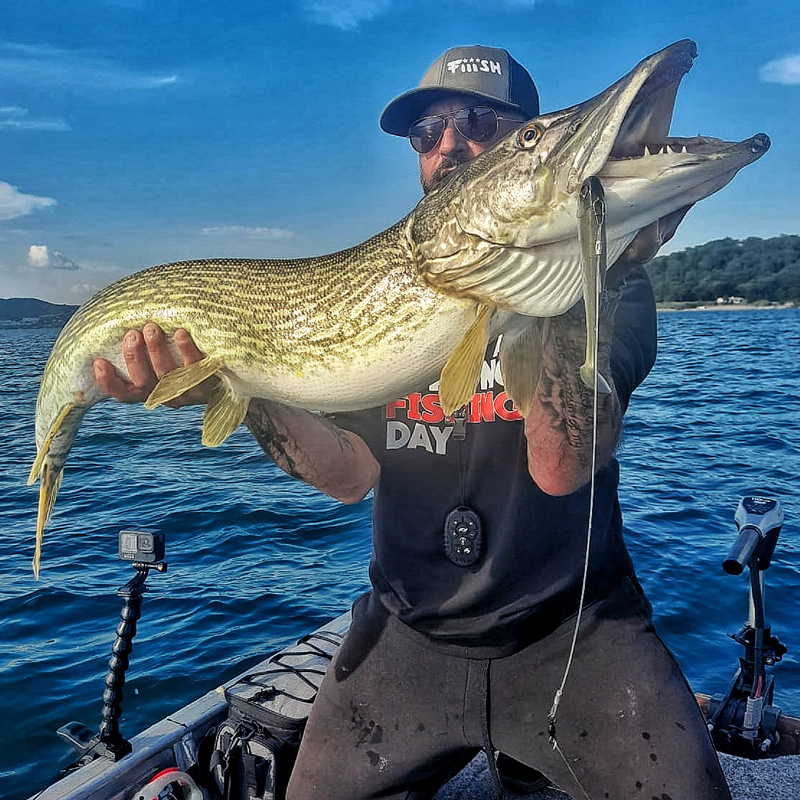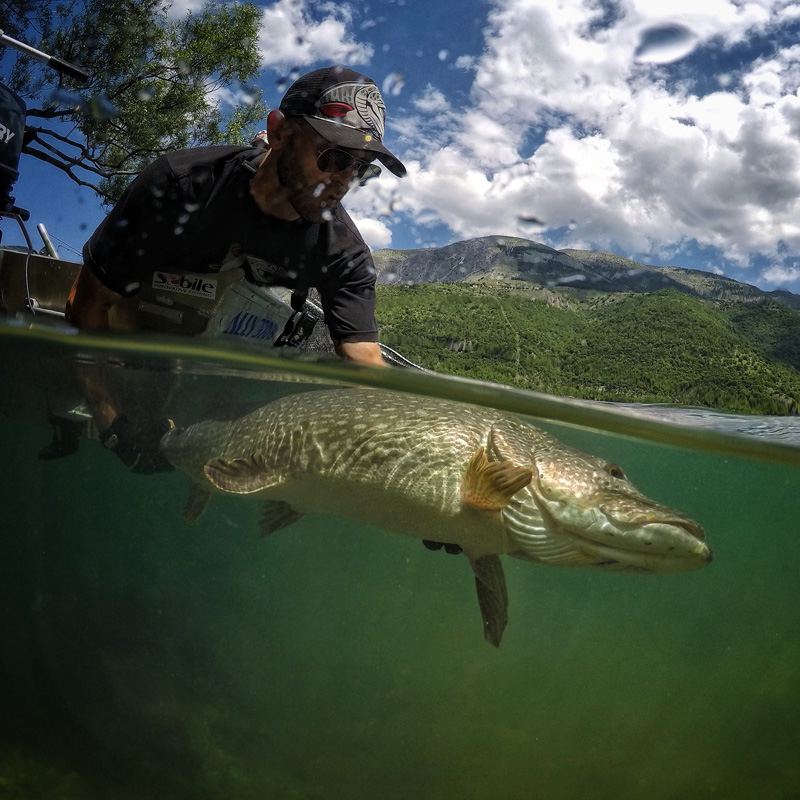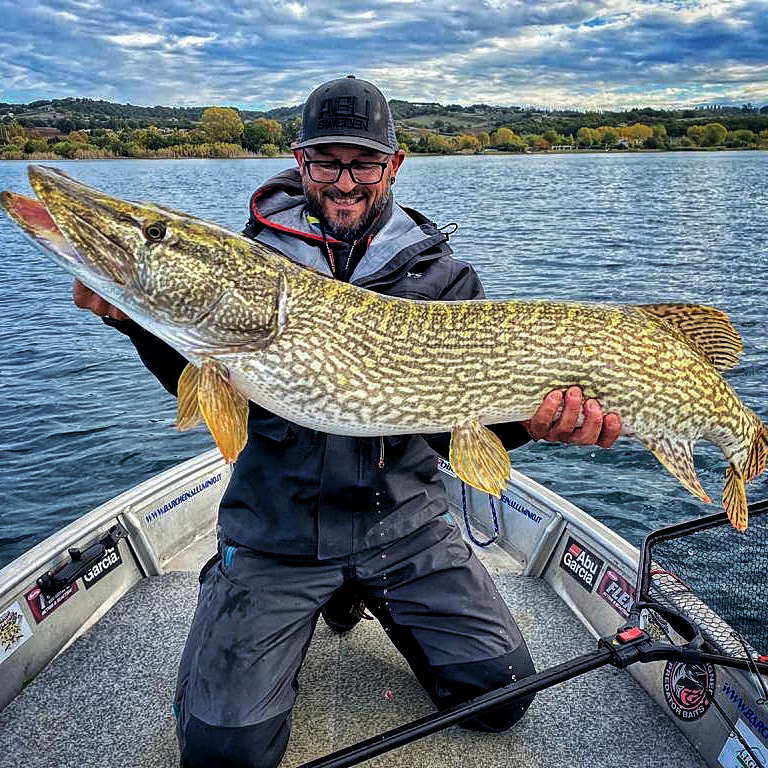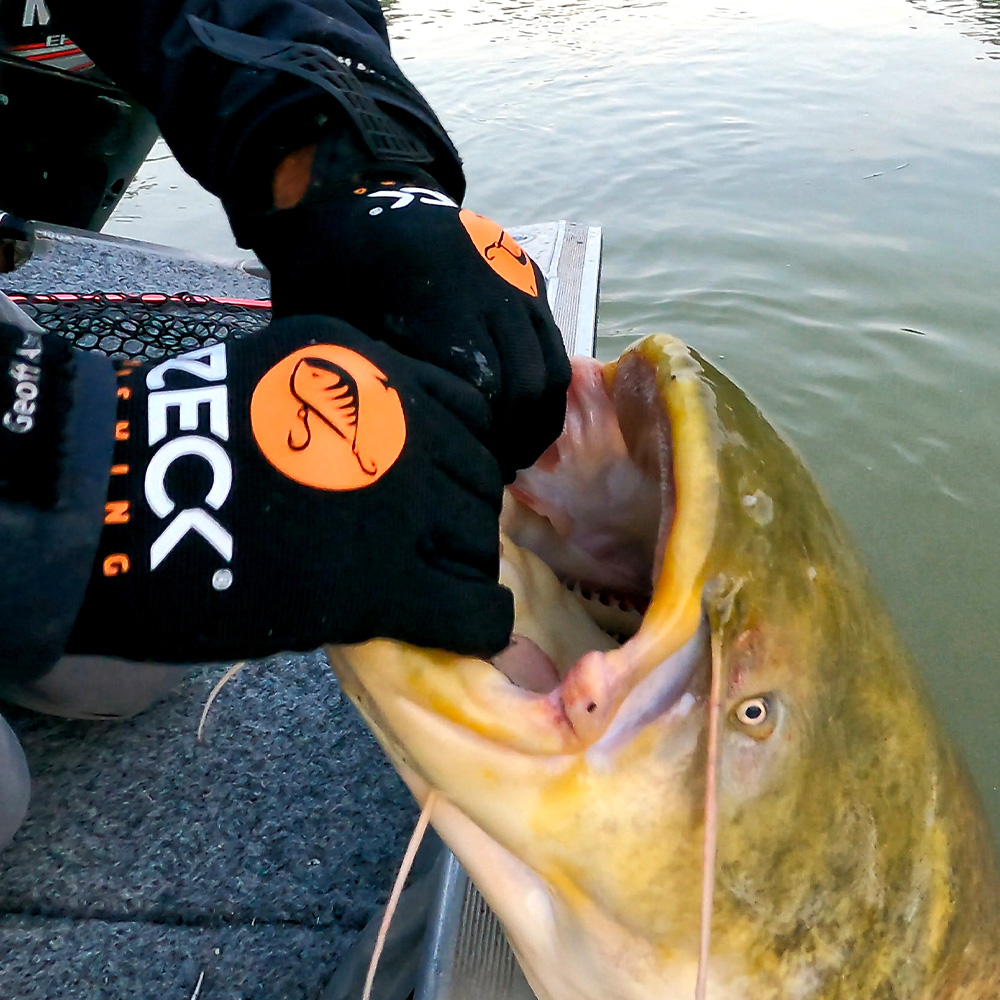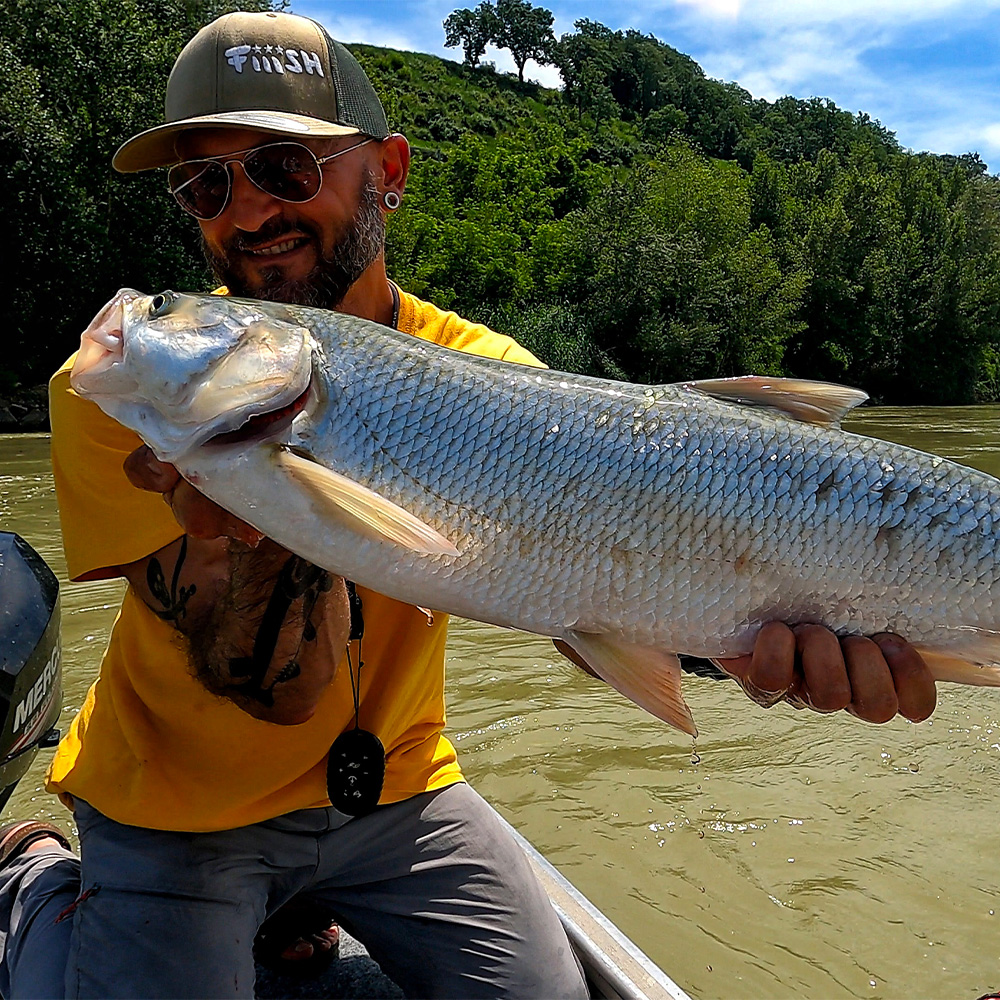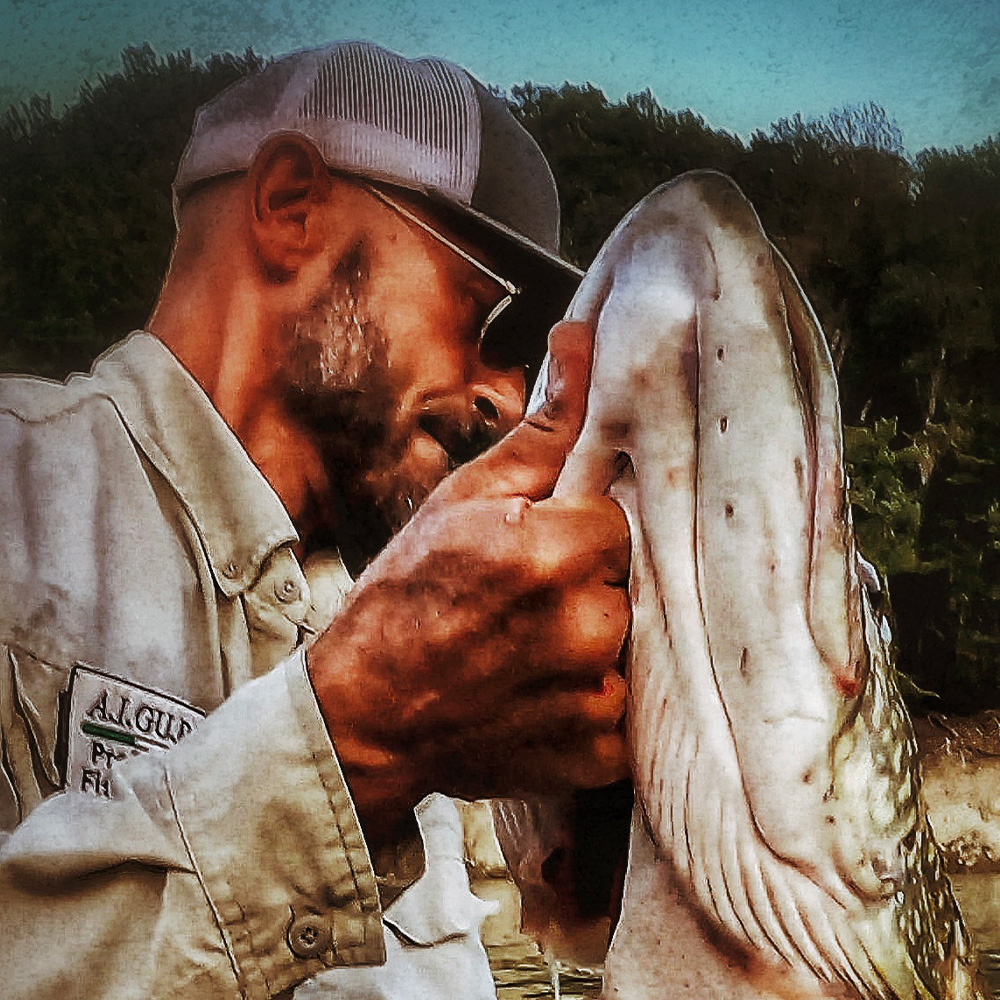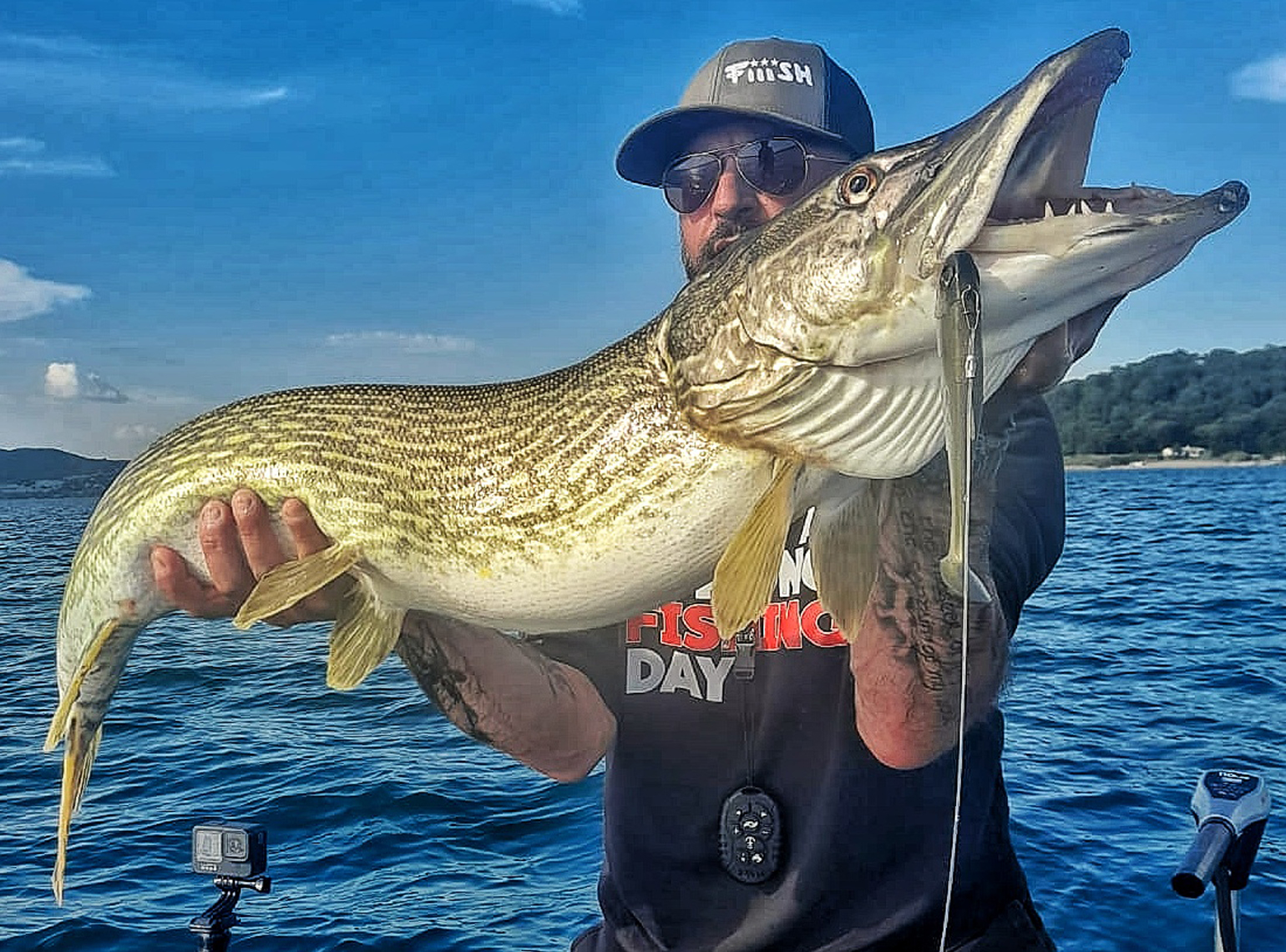
In modern pike fishing, Soft Baits can be considered the most important artificial lures.
The first silicone lures come from the USA and were originally designed for bass fishing. They subsequently underwent various adaptations, increasing in size and resembling fish more and more, until they became the most typical lures for pike fishing.
The world of soft baits is immense and includes lures that are very different from each other in shape, weight, size, and colors. This wide choice makes them very versatile and suitable for any type of environment and season. When we set out for a pike fishing trip, our goal is almost always the big one. In our minds, we inevitably start imagining an epic battle and a finale with a monster in our arms. With regards to the probable achievement of this goal, large Soft Baits are the lures that help us the most in selecting the size, increasing, compared to other artificial lures, the chances of catching a big pike.
The reason probably lies in the fact that large specimens tend to feed on large prey, partly to limit the energy expenditure required for hunting, partly because they are more likely to be intrigued and tempted to attack by a large silicone bait rather than a small hard bait. As previously mentioned, there are countless types of soft baits, let's analyze the main ones and those that, in my opinion, are the most reliable. Let's start with the Shad with fixed internal armor or pre-rigged.
These lures are characterized by being very similar to a fish, they have a realistic appearance, and swim similarly to a real fish. The Shads that interest us have generous dimensions, ranging from 20 to 30 cm.
On the market, you can find more or less realistic imitations of all types of fish: trout, roach, rudd, perch, eels, etc. Some are perfect imitations, but in my humble opinion, it is impossible to deceive a pike that spends its entire life feeding on fish. Even before seeing our beautiful imitation, its lateral line will tell it that it is not any known fish, and if it opts to attack, it will certainly not be because it has mistaken our bait for a fish or because it is hungry.... In fact, the catching power of "imitation" shads is the same as that of other shads with much less realistic appearances.
These lures are equipped with lead and an internal armor to which one or two treble hooks are attached, often also a single hook on the back (which I regularly cut off with pliers; the treble hooks are more than sufficient, and the position of the large single dorsal hook makes it potentially dangerous for the fish). These lures have various sinking rates depending on the ratio between the amount of rubber and the weight of the internal lead: suspending (neutral buoyancy, where the lure works on the surface), slow sinking (slightly sinking for medium depths), and fast sinking (strongly sinking for significant depths). Even more common are the unarmed Shads. These are the only rubber parts that are subsequently assembled at will by the fisherman, resulting in even more versatility than the previous ones.
The types of Shad available on the market are truly endless; the rubbers to be mounted are available in every shape, size, and color, some even scented. We can mount them with lead-headed jigs equipped with a single hook, screw heads (screw heads) without hooks, and offset hooks. With a bit of practice and experience, we will create a shad with the perfect balance for the spot and depth where we will be fishing. In casting, especially with spinning, we will use medium and small sizes, between 15 and 20 cm, which we will weight according to the depth but also to the power of the rod. Keep in mind that when you need to fish deep with light gear, the only solution is to use a heavy sinker with a small rubber; this way, you avoid overloading the rod and still have a quickly sinking bait.
There are many options for rigging: we can use the classic lead-headed jigs with a large 8/0 or 10/0 hook available in every weight (they have decent anti-snag capabilities and are practical to use), or screw heads, to which we will attach an assist hook, with one or two treble hooks depending on the length of the Shad. The same assist hook can also be used on traditional lead-headed jigs already equipped with a single hook.
Another option, to be used only in waters rich in obstacles, is the weighted offset hook. This should be chosen in generous and proportional sizes to the shad it is mounted on and will allow us to cast the bait into intricate cover, with trunks or thick grass, places at very high risk of snagging for any other bait. In this case, it is advisable to use Shads with a tapered and thin body to allow the hook point to easily protrude from the rubber and favor fish hooking.
Adriano Marini
To learn more:
Contacts INFO for Soft Bait - Part 1 - Shad
LAKES
| Lake Type | Vulcanic | |
| Altitude | 340 feet | |
| Surface | 22 miles2 | |
| Depth | 540 feet | |
| Distance from Rome | 24 miles | |
| Target | Pike, Bass |
| Lake Type | Artificial | |
| Altitude | 1760 feet | |
| Surface | 4 miles2 | |
| Depth | 285 feet | |
| Distance from Rome | 68 miles | |
| Target | Pike, Asp, Perch |
| Lake Type | Artificial | |
| Altitude | 1760 feet | |
| Surface | 2 miles2 | |
| Depth | 220 feet | |
| Distance from Rome | 65 miles | |
| Target | Pike, Asp, Perch |
| Lake Type | Vulcanic | |
| Altitude | 660 feet | |
| Surface | 1 miles2 | |
| Depth | 190 feet | |
| Distance from Rome | 24 miles | |
| Target | Pike, Bass |
| Lake Type | Artificial | |
| Altitude | 1210 feet | |
| Surface | 1 miles2 | |
| Depth | 62 feet | |
| Distance from Rome | 62 miles | |
| Target | Pike |
| Lake Type | Volcanic | |
| Altitude | 1000 feet | |
| Surface | 44 miles2 | |
| Depth | 134 feet | |
| Distance from Rome | 86 miles | |
| Target | Bass, Pike |
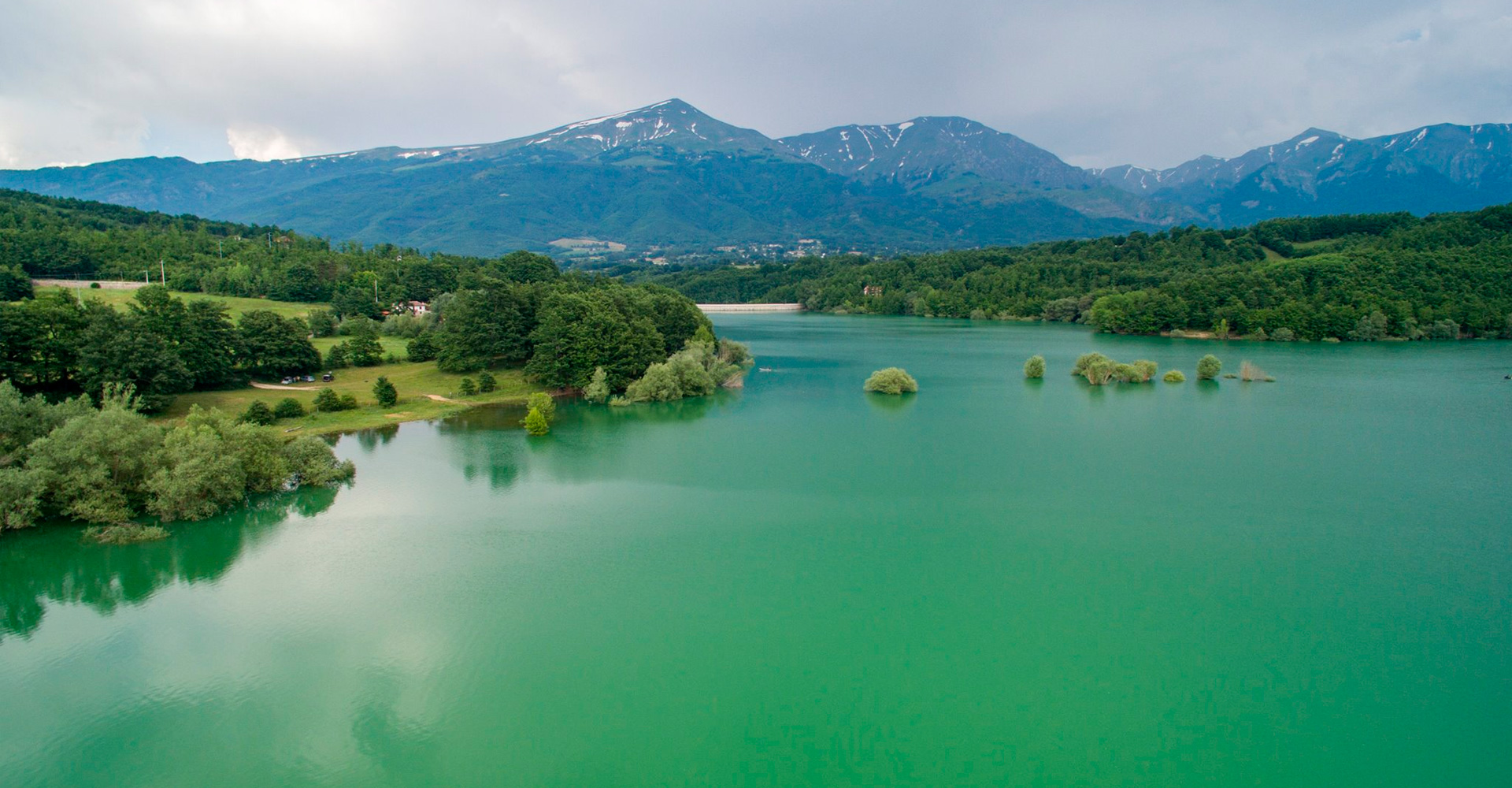
| Lake Type | Artificial | |
| Altitude | 2850 feet | |
| Surface | 1 miles2 | |
| Depth | 134 feet | |
| Distance from Rome | 86 miles | |
| Target | Pike, Perch |

| River | ||
| Altitude | 490 feet | |
| Spot Length | 27 miles | |
| Distance from Rome | 18 miles | |
| Target | Catfish, Asper, Chub |
BOAT
My boat is a 4355 alluminium alaska boat perfectly equipped for fishing, safe and unsinkable.
- Length 14 feet
- Engine 1 Mercury 20 Hp
- Engine 2 Rhino BLX 110 lbs 24 volt
- Bow Engine Minnkota Terrova 80 lbs 24 volt
- Fish Finder GPS 2 x Humminbird Helix MSI+
- Mega Live imaging
- Lithium Battery e 24 volt LitioStore
ADRIANO MARINI
BIO
My name is Adriano Marini and I am a professional AIGUPP fishing guide code ITA0108/21. I started fishing with my father at the age of 8. Through the years I have gained experience, by trying different techniques, to specialize in predators fishing; and I started practicing catch and release from a very young age. Since 2015 I have been a fishing guide with a specialization in pike fishing.
TV Series on Sky pesca TV "Pike Story". I am also a collaborator and editor about pike fishing for these magazines: Pesca spinning, Spinning passione and “Piscor magazine”. In 2015 together with Americo Rocchi we made the documentary: I segreti del luccio 2. My goal is to provide an unforgettable fishing experience: funny, educational and relaxing; always placing priority on nature respect and fish protection.

